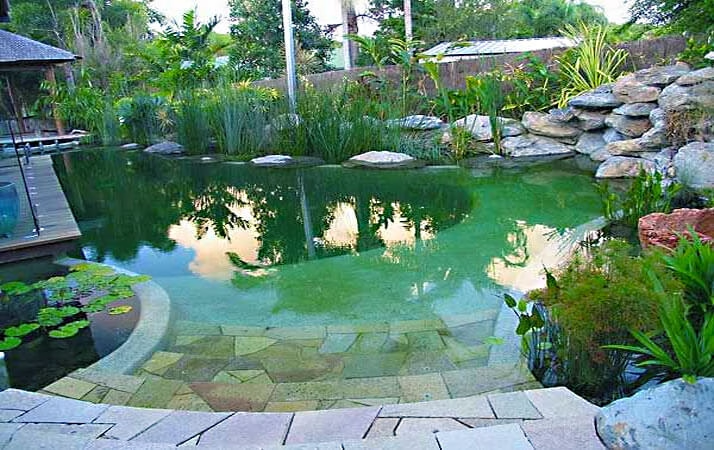Creating a sustainable swimming pond can enhance your outdoor space while deepening your connection with nature. One of the essential aspects you’ll need to address is thermal regulation. Maintaining optimal water temperatures without relying on energy-intensive systems ensures a healthy and enjoyable swimming experience. In this guide, you will explore various natural methods for temperature regulation, learn how different pond designs affect warmth, and discover best practices for keeping your swim pond eco-friendly and swim-ready.
How to Naturally Maintain Your Swim Pond’s Temperature Year-Round
To maintain your swim pond’s temperature year-round, it’s essential to understand the factors that influence thermal dynamics. Natural fluctuations in temperature are normal, but certain strategies can help you manage these changes effectively.
Your pond should ideally have varying depths, with deeper areas acting as thermal reservoirs that store cooler water during the summer. For comfortable swimming conditions, aim for a water temperature between 20-25°C (68-77°F). This can be achieved through methods like strategic planting, which not only aids in cooling but also provides shade. Incorporating water circulation systems will help maintain uniform temperatures throughout your pond.
You can also utilize features such as rock beds or thermal mass, which absorb heat during the day and release it at night. This approach stabilizes temperatures throughout the day, ensuring that your pond remains pleasant for swimming.
This image showcases a natural swimming pond, highlighting areas for shading and sun exposure with temperature indicators (Source: In The Swim)
Harnessing the Power of Depth Stratification for Effective Temperature Control
Depth stratification plays a crucial role in regulating temperature naturally within swim ponds. By creating varying depths, you enable cooler, denser water to settle at the bottom, while warmer water rises to the surface where it can be more easily cooled through shading or wind.
For optimal temperature regulation, experts recommend a minimum depth of around 2 meters (6.5 feet) for larger ponds. This depth facilitates the maintenance of cooler temperatures during peak summer months, thus reducing the risk of algae blooms and ensuring a pleasant swimming experience.
One successful example is the Woodhouse Natural Swimming Pool in the UK, which features depth variations ranging from 0.9 m to 2.1 m. This design effectively stores cooler waters, allowing for a more regulated thermal environment.

This diagram illustrates a typical temperature profile in a stratified lake, showing how depth affects water temperature (Source: ResearchGate)
Optimizing Surface Area to Volume Ratio for Better Thermal Dynamics
The surface area-to-volume ratio of your swim pond significantly influences thermal regulation. A larger surface area allows more exposure to sunlight, which can lead to faster warming during the day; however, this can also cause quicker cooling at night.
It’s generally recommended that your pond have a minimum surface area of 50-80 square meters (538-861 square feet) for effective temperature regulation. This size provides a balance that can accommodate swimmers while helping maintain thermal consistency.
When planning your pond, consider the dimensions carefully. An optimally designed pond will not only enhance aesthetic appeal but also improve energy efficiency by minimizing temperature fluctuations.
This graphic illustrates calculations regarding surface area and volume, highlighting how these factors impact water temperature in ponds (Source: FAO)
Implementing Natural Circulation Techniques to Combat Stratification Challenges
Preventing temperature stratification is vital for maintaining an eco-friendly swim pond. Effective water circulation systems can help ensure a uniform temperature throughout your pond, thereby enhancing overall swimming comfort.
Consider implementing low-energy circulation pumps that efficiently move water between different depths. These systems are designed to minimize energy use while effectively keeping the water mixed. Additionally, bubble systems can provide gentle circulation without drastically affecting water temperatures.
Innovative designs now use water channels or features that naturally direct movement throughout the pond, significantly improving thermal regulation.
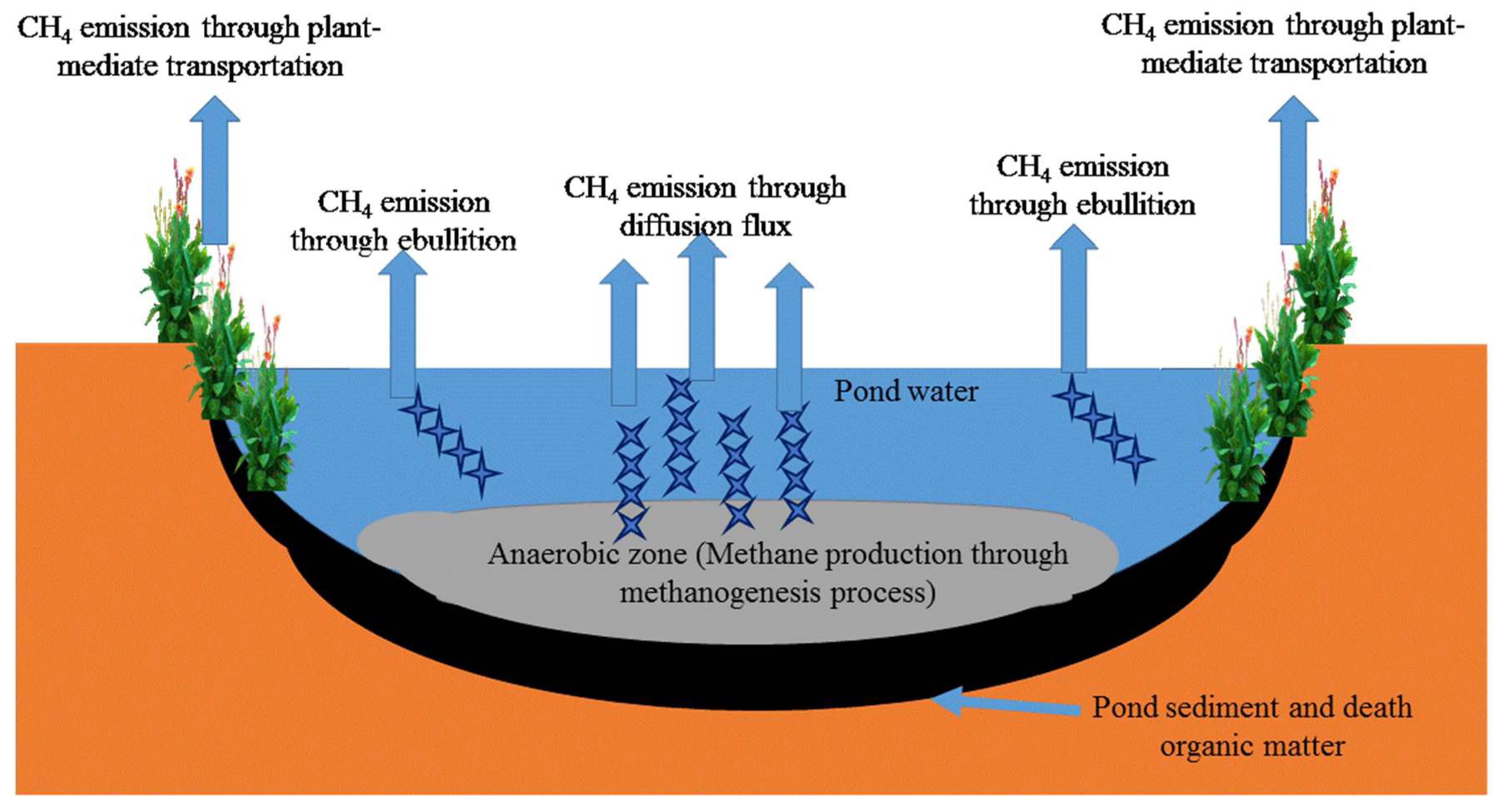
This illustration depicts natural water circulation systems, demonstrating how water movement occurs in different pond layers (Source: MDPI)
The Art of Shading Your Pond for Seasonal Temperature Management
Strategically shading your pond can help mitigate excessive heating during the summer while still allowing warmth to penetrate during cooler months. Choosing the right types of vegetation is key, as certain plants offer better shade coverage than others.
Aim for partial shading that covers about 20-30% of the pond’s surface. Plants such as willows and floating species like water lilies not only provide shade but also enhance the natural beauty of the environment.
Positioning your pond to receive morning sun while minimizing exposure to harsh afternoon heat will help maintain ideal swimming conditions. This balanced approach ensures that your swim pond remains enjoyable throughout the seasons.
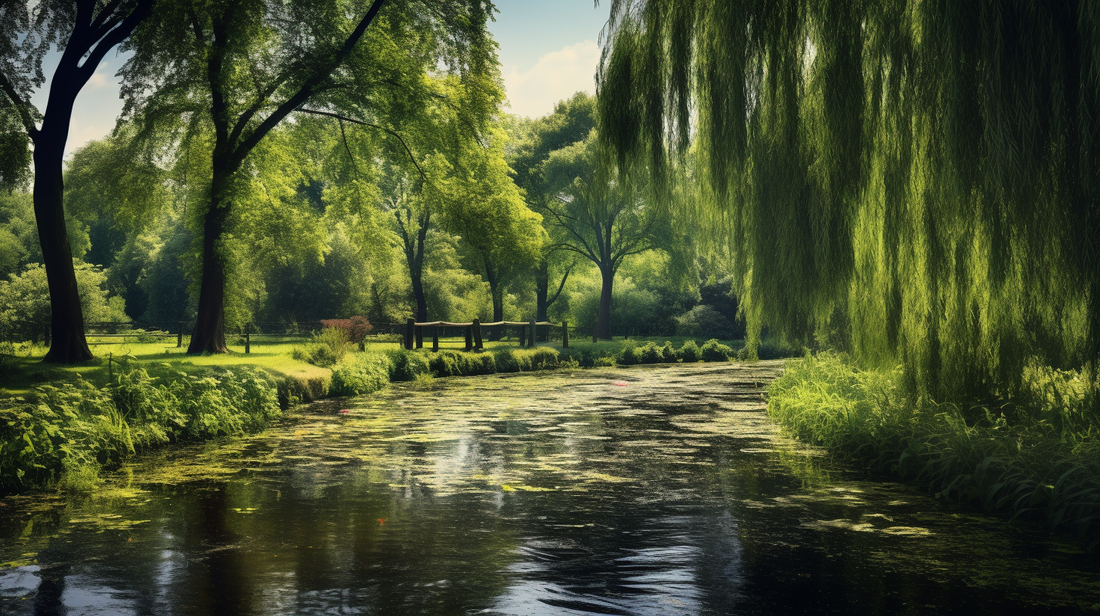
This photo showcases effective shading solutions using willow trees and lily pads in a pond environment, ideal for managing seasonal temperatures (Source: Living Water Aeration)
Using Thermal Mass to Stabilize Your Pond’s Climate
Incorporating thermal mass elements around your pond can significantly stabilize temperatures. Materials such as dark-colored stones or gravel absorb heat during the day and gradually release it at night.
This process can extend the swimming season by creating more consistent temperatures throughout the day. Experts recommend that at least 30% of your pond’s perimeter include high thermal mass elements. This approach not only helps regulate temperature but also enhances the overall aesthetics of your pond.
Implementing these features effectively ensures that the climate of your swim pond remains stable, creating a more enjoyable swimming experience.

This image shows a pond with thermal mass elements integrated into the design, illustrating changes before and after implementation (Source: SKH)
Crafting a Balanced Regeneration Zone for Optimal Temperature and Filtration
The regeneration zone of your swim pond is crucial for both temperature control and biological filtration. Properly designed, this area can support aquatic life while helping manage temperature swings.
For effective filtration and speedier temperature stabilization, aim for a 50:50 surface area ratio between your swimming area and the regeneration zone. Incorporating native aquatic plants within this zone enhances ecological balance and supports temperature regulation, as these plants thrive in local conditions.
Think of the regeneration zone as the hub of your pond’s ecosystem. Effective plant selection will contribute both to aesthetics and function, ensuring your pond serves as a sustainable space for enjoyment.

This visual offers a clear layout of a pond design, labeling regeneration zones and their importance in temperature regulation and water filtration (Source: Bend Bulletin)
Innovative Cover Systems for Temperature Retention
Recent advances in cover systems can help significantly in retaining your swim pond’s temperature. Transparent or semi-transparent covers allow for solar gain while effectively reducing heat loss during nighttime or cooler periods.
Automated systems are now available that can deploy covers based on the water temperature, optimizing heat retention as needed. These covers not only help preserve warmth but also keep debris out of your pond, reducing maintenance efforts.
Investing in a robust thermal cover can extend your swimming season while managing temperatures efficiently without resorting to energy-intensive methods.
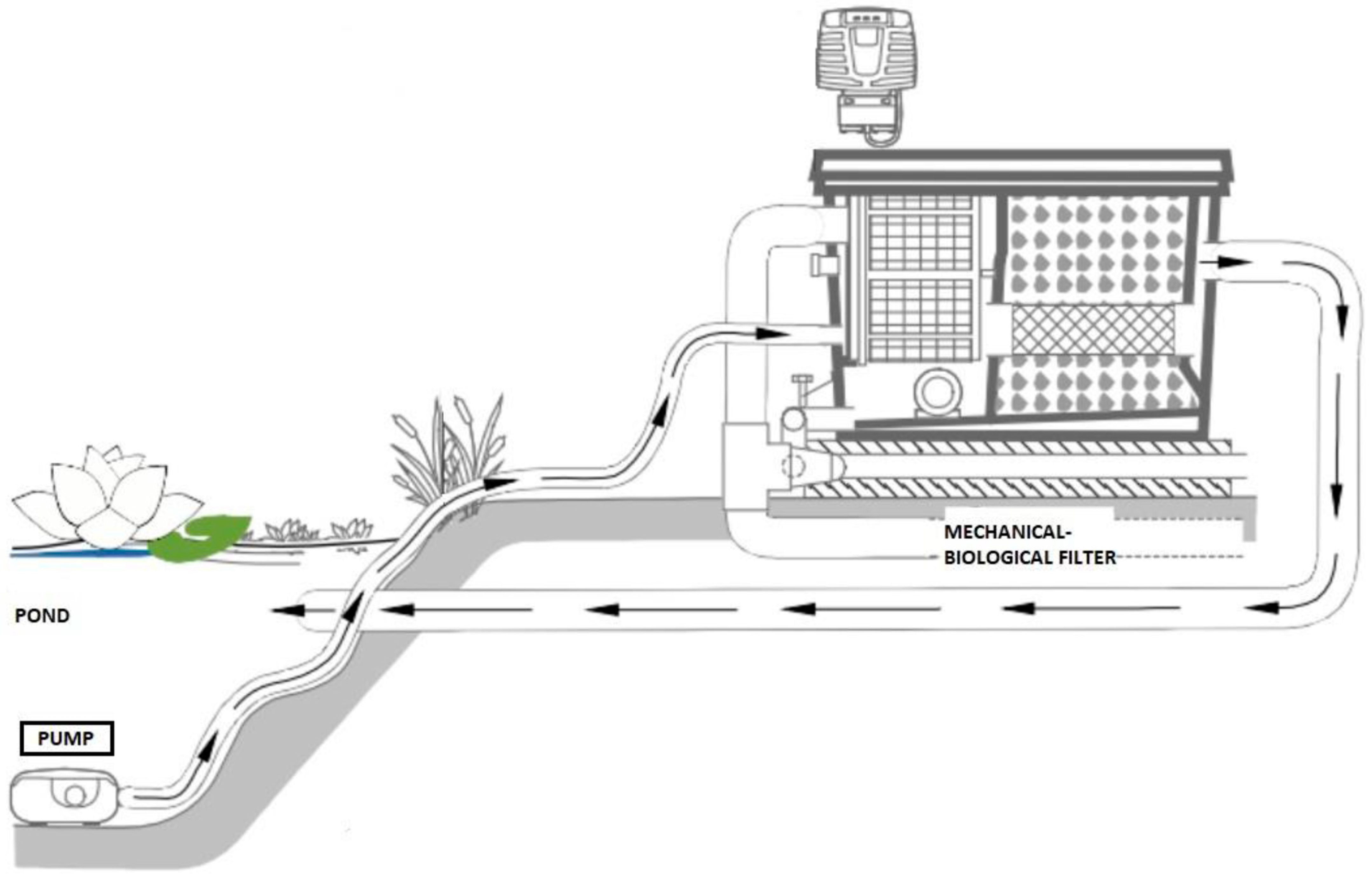
This image showcases different cover systems implemented in natural swimming ponds, emphasizing their role in temperature retention (Source: MDPI)
Exploring Sustainable Heating Innovations for Swim Ponds
When developing your swim pond, consider integrating renewable energy systems that provide heating without harming the environment. Solar heating systems lead the way in efficiency and sustainability.
Modern solar pool heaters can achieve a Coefficient of Performance (COP) of around 7.0, meaning they convert seven units of sunlight into usable heat for every unit of energy they consume. Recent innovations in heat pump technology, which utilize environmentally-friendly refrigerants like propane (R290), have also emerged, alongside geothermal systems that provide consistent performance and lower energy consumption.
Each of these systems presents advantages regarding efficiency and sustainability, significantly reducing your carbon footprint compared to conventional heating methods.
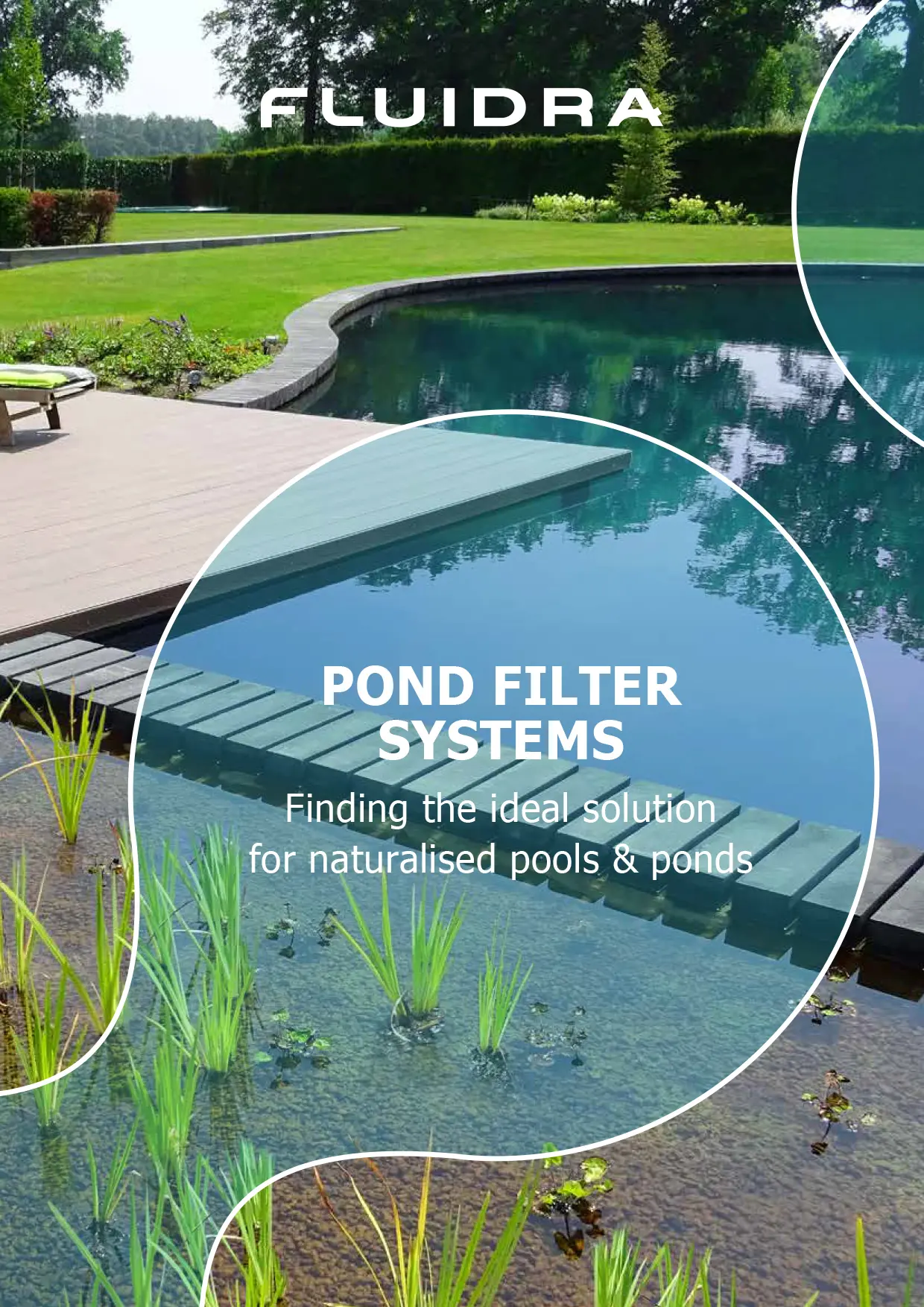
This infographic compares various heating systems for ponds, analyzing their efficiency and sustainability metrics (Source: Fluidra)
Climate Adaptation Strategies for Future-Proofing Your Pond Temperature Management
With climate change posing challenges, adapting your pond management strategies is essential. This involves integrating designs that can withstand temperature fluctuations while still promoting effective thermal regulation.
Enhanced circulation techniques have proven effective in studies, helping combat thermal stratification by maintaining consistent temperatures throughout the pond. You might also consider hybrid heating systems that combine both solar and geothermal components.
Furthermore, increasing the average depth of your natural swimming pond by just half a meter can significantly mitigate temperature fluctuations and improve thermal stability over time.

This chart visualizes the impacts of climate change on pond temperature management strategies, providing insights into adaptive measures (Source: Squarespace)
The Regulatory Landscape of Installing Natural Swim Ponds
Understanding the regulatory landscape surrounding natural swim ponds is vital before you begin your project. This encompasses permits related to construction, environmental considerations, and safety regulations that can vary significantly from one region to another.
Typically, you’ll need permits that resemble those required for traditional swimming pools, which include construction and electrical permits. There are also regulations regarding water quality, particularly since public natural swimming ponds must meet local health department standards.
Familiarizing yourself with these regulations in your area is crucial. Engaging with local authorities early in the process can help streamline the permitting experience and ensure compliance with all necessary guidelines.
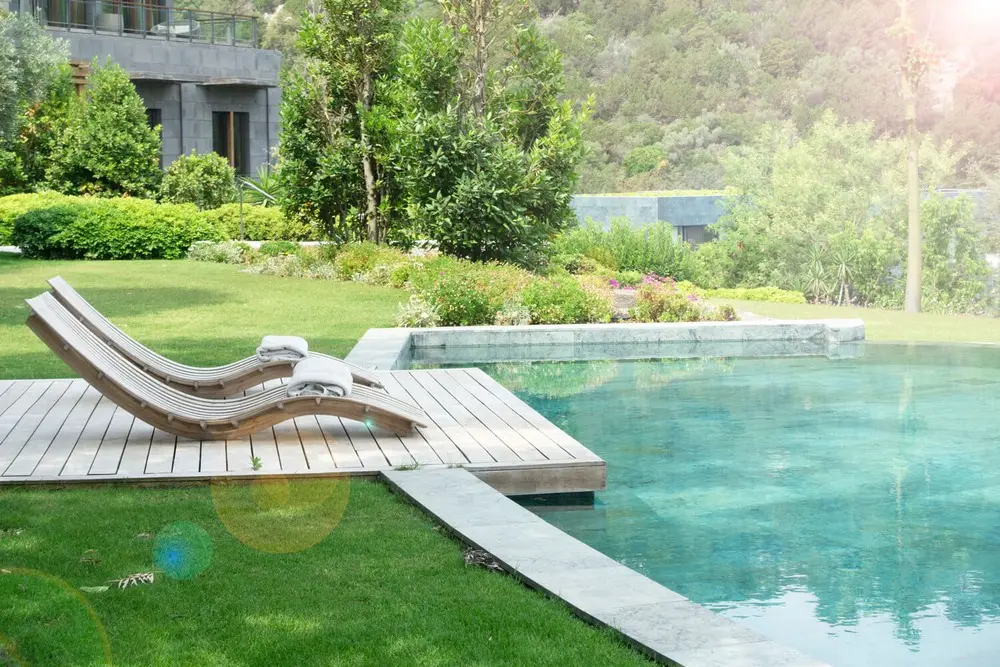
This table outlines key regulatory considerations relevant to installing natural swimming ponds, highlighting permitting and safety regulations (Source: Fluidra)
Case Studies of Eco-Friendly Swim Ponds and Their Temperature Management Success
Looking at successful eco-friendly swim ponds provides valuable insights into effective temperature management strategies. For instance, the Riehen Natural Swimming Pool in Switzerland employs geothermal heating, maintaining water temperatures between 23-25°C throughout the swimming season.
In the UK, the Baggeridge Natural Swimming Pool utilizes passive solar heating techniques that allow the pond to reach temperatures ranging from 20-26°C. These real-world cases demonstrate that with the right design and technology, sustainable swim ponds can maintain comfortable swimming temperatures without excessive energy requirements.
For potential pond owners, these case studies illustrate that integrating various natural elements can lead to successful temperature management while minimizing environmental impact.
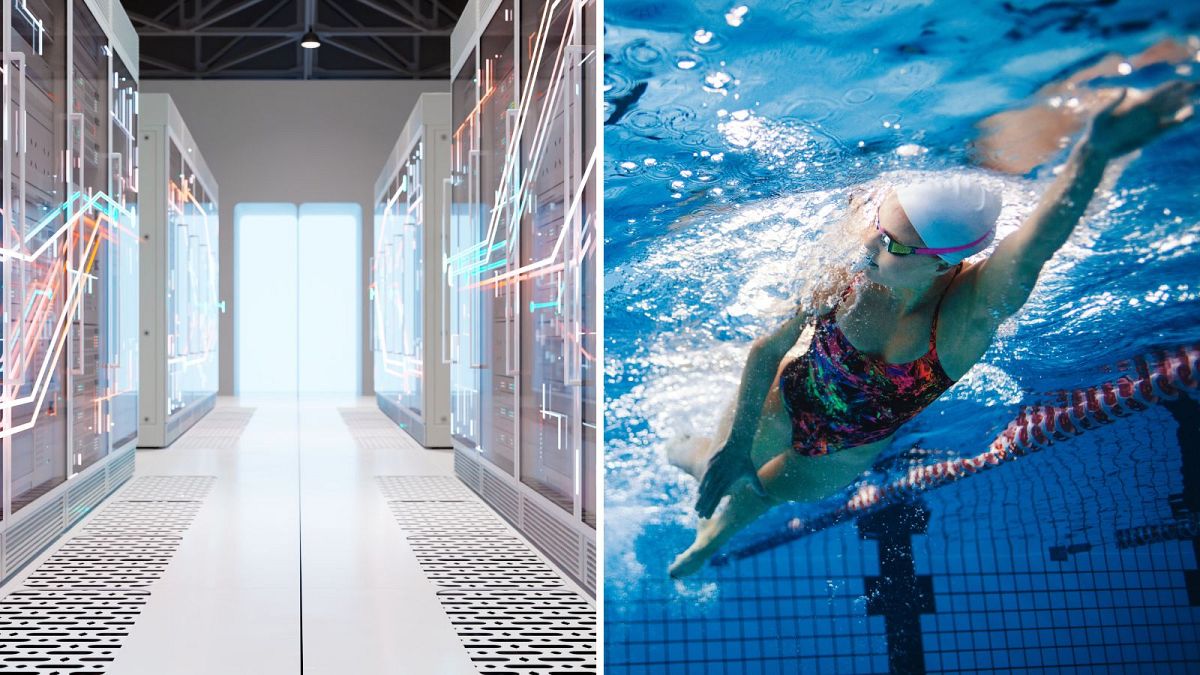
This image highlights various successful eco-friendly swim ponds, showcasing their design and temperature management methods used (Source: Euronews)
Conclusion
Achieving sustainable thermal regulation in swim ponds is a realistic goal when you implement thoughtful strategies and practices. By leveraging natural features like depth variation, effective water circulation, and strategic shading, you can maintain ideal temperatures while promoting ecological balance.
As you put these methods into practice, remember to consider your local climate and regulatory requirements. With careful planning, your swim pond can serve as a beautiful focal point in your outdoor space while offering a sustainable retreat for you and your family throughout the seasons.

